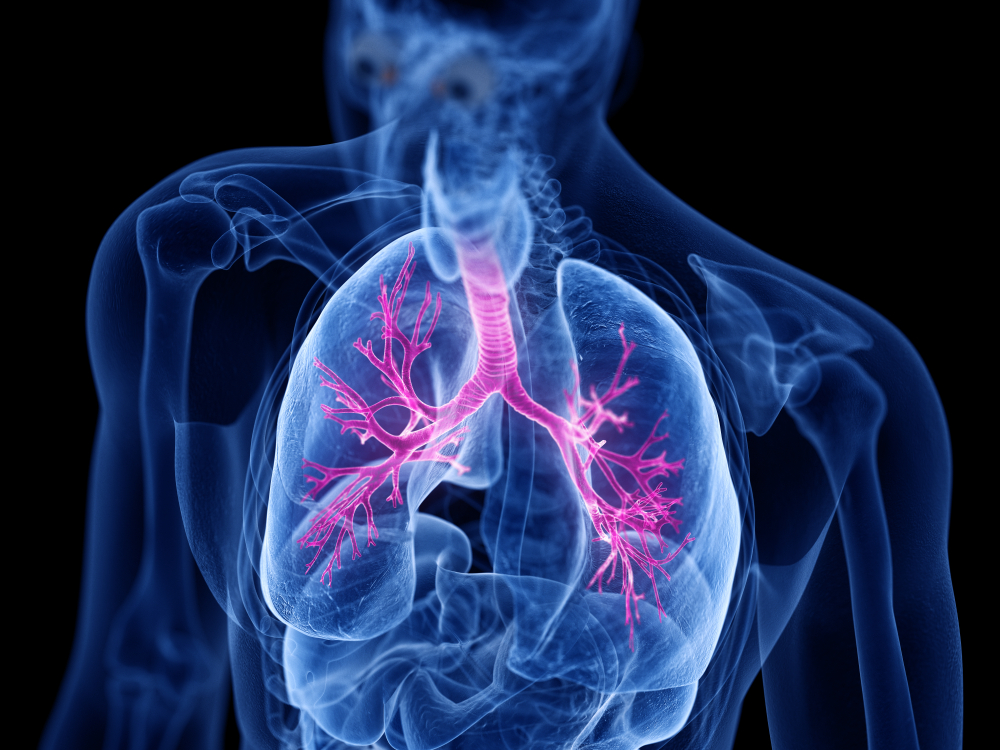A study by Oxford researchers has provided new insights into how immune cells interact in the lungs of patients with severe COVID-19.

In a damaged lung with a massive cell infiltrate, as seen with severe COVID-19 infection, it can be difficult to determine which cells are involved in causing lung injury. Understanding this provides a first step to identifying the cells or pathways that can be targeted therapeutically.
The paper, published in Nature Communications, was the result of a collaboration between immunobiologists, clinician scientists, computer scientists and mathematicians. It demonstrates how mathematics, combined with immunobiology and clinical understanding, can be used to discover interactions and cellular networks which are otherwise impossible to see.
The team used a 35-antibody panel to provide a detailed immune landscape of lung biopsies from patients with fatal COVID-19 infection. Using a bespoke suite of mathematical tools, the authors uncovered a specific association between a highly inflammatory cluster of immature neutrophils, CD8 T-cells and regenerating lung stem cells in the most damaged areas of the lungs.
Neutrophils and T-cells are both types of immune cells. Neutrophils are part of the innate immune system and are among the first responders in the immune response. T cells, on the other hand, are part of the adaptive immune system, providing a more specific response to infection than the neutrophils.
Circulating immature neutrophils are unusual but are known to be increased in the blood of patients with severe COVID-19. This study provides the first evidence of their presence in the lungs of those with severe COVID-19, and specific interaction with CD8 T-cells and lung stem cells. This suggests a potential role for immature neutrophils in lung injury and the possibility that this interferes with the ability of the lung to regenerate after severe viral infections.

Lead author Professor Ling-Pei Ho (pictured left), who co-leads the NIHR Oxford Biomedical Research Centre’s (BRC) Respiratory Theme, said: “This paper has been a testament to team science. It was an exciting time to see cellular patterns revealed by mathematical applications, which fitted biologically.
“Our next task is to tackle the functional side of this observation – how do immature neutrophil and CD8 T cells interact and what do they do to stem cells? We will expand these studies to other severe viral infections like influenza and severe lung diseases like idiopathic pulmonary fibrosis. Eventually, we hope to use this new understanding to improve treatment for these patients.”
The authors provide an open-source computational pipeline called Spatial Omics Oxford Pipeline (SpOOx) and an enhanced version of a visual-analytical tool, Multi-Dimensional Viewer (MDV) software first developed at the University of Oxford’s Weatherall Institute of Molecular Medicine (WIMM), as a resource for spatial analysis.